Srivijaya: A Buddhist maritime empire in Southeast Asia
Between the 7th and 13th centuries CE, the maritime empire of Srivijaya emerged as a major center of political power, commercial exchange, and Buddhist activity in island Southeast Asia. Centered in what is now southern Sumatra, Srivijaya controlled key choke points in the Straits of Malacca and exerted influence over large parts of the Indonesian archipelago and the Malay Peninsula. Its strategic position allowed it to mediate trade between the Indian Ocean and South China Sea regions, while its rulers cultivated ties with Buddhist centers from eastern India to China.

Ancient Javanese vessel depicted in Borobudur. The Srivijaya Empire was a major maritime power in Southeast Asia, controlling trade routes and facilitating cultural exchange. The depiction of a ship in the Borobudur temple complex reflects the importance of maritime trade in the region. Source: Wikimedia Commonsꜛ (license: CC BY-SA 3.0)
Srivijaya’s significance as a Buddhist polity lay in its dual role as a regional political power and a node in the wider Buddhist ecumene. Chinese sources and inscriptions attest to its flourishing monastic life and to the presence of Sanskrit-educated clergy, while its material remains, though fragmentary, suggest a vibrant culture of ritual practice and temple construction. The empire’s integration into transregional networks of pilgrimage and learning made it a conduit for the movement of people, texts, and ideas across Asia.
In this post, we examine Srivijaya’s rise, religious institutions, archaeological legacy, and international connections. Our aim is to place the polity within a broader framework of Buddhist maritime exchange and to assess its place in the evolving geography of institutional Buddhism in Southeast Asia.
Historical background
The history of Srivijaya is complex and multifaceted, shaped by a combination of indigenous developments and external influences. The polity emerged in the context of earlier Malay kingdoms and trade networks that predated its rise. By the 7th century CE, Srivijaya had established itself as a dominant maritime power, leveraging its strategic location to control trade routes and assert political authority over neighboring regions.
Political foundations and expansion
Srivijaya rose to prominence in the 7th century CE as a maritime polity centered in the region around Palembang on the southeastern coast of Sumatra. The earliest known reference to Srivijaya appears in the Kedukan Bukit inscription (dated to 683 CE), which describes a military expedition launched from Palembang, suggesting that the polity was already expanding its territorial control and asserting its authority in the region. Over the following centuries, Srivijaya established hegemony over strategic port settlements and maritime choke points, especially the Malacca and Sunda Straits, enabling it to dominate the flow of goods and people between the Indian Ocean and South China Sea.
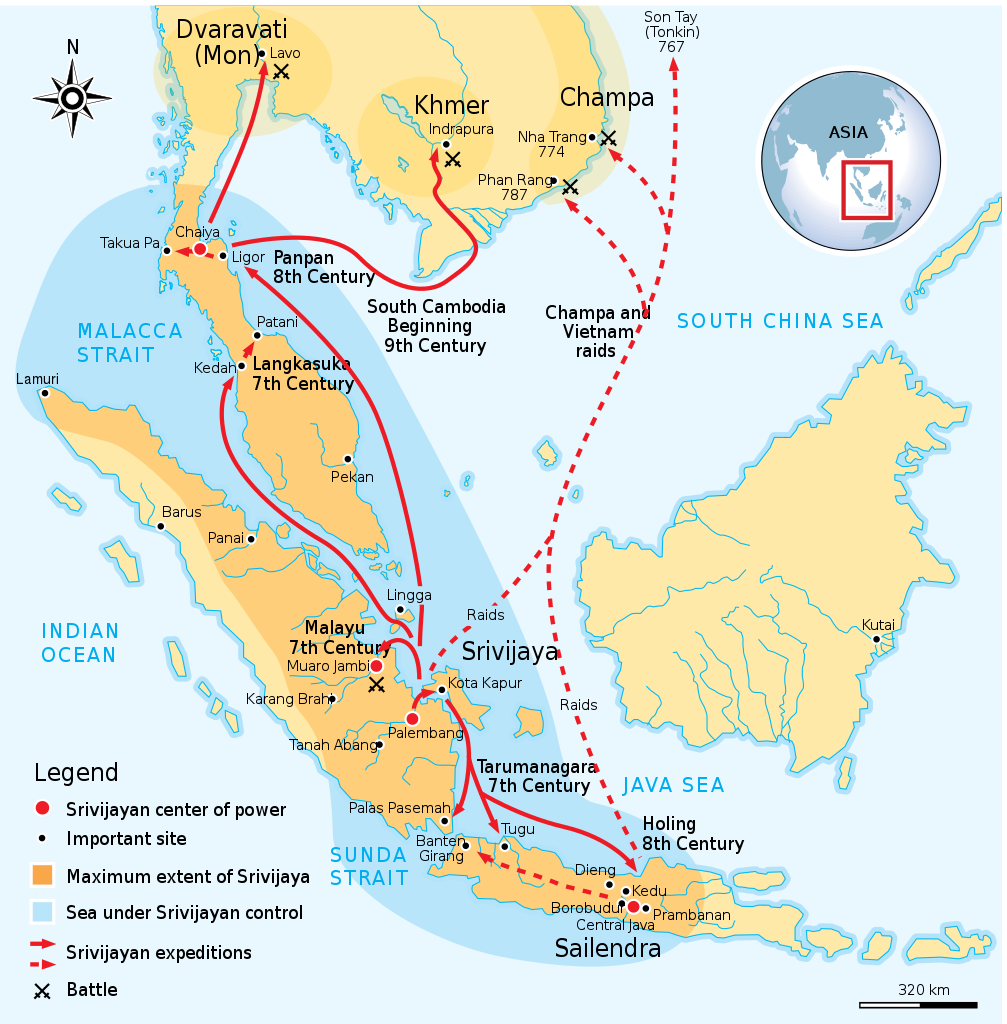
Map showing the maximum extent of Srivijaya around the 8th to the 11th century with a series of Srivijayan expeditions and conquest. Source: Wikimedia Commonsꜛ (license: CC BY-SA 3.0)
Srivijaya’s political strength lay in its control of trade routes, its ability to project naval power, and its organization of a decentralized network of allied coastal settlements. It operated less as a centralized territorial empire and more as a thalassocracy — a sea-based network of tributary relationships and commercial nodes. This flexible system allowed Srivijaya to adapt to the shifting dynamics of maritime commerce, while also accommodating diverse religious and linguistic communities within its orbit.

Floating houses in Musi River bank near Palembang in 1917. The Srivijayan capital was probably formed from a collection of floating houses like this. Source: Wikimedia Commonsꜛ (license: CC BY-SA 3.0)
Sources and historiography
Our understanding of Srivijaya is shaped by a combination of epigraphic, textual, and archaeological sources. Key inscriptions such as those from Kedukan Bukit, Telaga Batu, and Kota Kapur provide insight into Srivijaya’s political organization, royal rituals, and territorial aspirations. Written in Old Malay and Sanskrit, these inscriptions reflect a court culture steeped in Indic political and religious ideas, with references to the welfare of the saṅgha and the authority of the king.
Chinese sources are particularly important for reconstructing Srivijaya’s Buddhist character and international reputation. The Tang-era Buddhist monk I-Tsing (Yijing), who stayed in Srivijaya in the late 7th century en route to India, described it as a thriving center of Buddhist learning and Sanskrit study. His accounts portray Srivijaya as a preparatory stop for monks traveling to Nālandā, with active monasteries and a learned clergy able to teach the Vinaya and Mahāyāna texts.
Despite the importance of these sources, major gaps remain in our historical knowledge. Srivijaya left behind few monumental architectural remains compared to contemporaneous polities in Java or Cambodia. Much of its material culture remains buried or has been lost to environmental and human factors. As a result, scholars must rely on indirect evidence and comparative analysis to reconstruct the contours of Srivijaya’s political and religious history.
Religious patronage and monastic institutions
Srivijaya’s identity as a Buddhist polity was closely tied to its role as a center of monastic life and religious scholarship. The empire’s rulers actively promoted Buddhism, establishing a network of monasteries and temples that served both devotional and educational purposes. This patronage was not only a reflection of the rulers’ personal beliefs but also a strategic means of consolidating power and legitimizing their authority.
Royal Support of Buddhism
The rulers of Srivijaya actively positioned themselves as defenders and promoters of Buddhism, aligning royal authority with the ideal of the cakravartin, or universal Buddhist monarch. Inscriptions such as those found at Telaga Batu invoke protective deities and emphasize the king’s role in maintaining social and religious order, including the well-being of the monastic community (saṅgha). This association between kingship and Buddhist virtue was integral to Srivijaya’s ideological framework, helping legitimize its hegemony over a diverse and often decentralized maritime realm.

The graceful gold coated bronze statue of four handed Avalokiteçvara in Malayu-Srivijayan style c. 11th century, discovered at Rataukapastuo, Jambi, Indonesia. Source: Wikimedia Commonsꜛ (license: CC BY-SA 3.0)
Royal patronage of monasteries and Buddhist rituals was not merely symbolic. Records, particularly those referenced in Chinese sources, indicate the presence of state-supported monastic institutions with roles in religious instruction, translation, and liturgy. Srivijayan rulers likely financed temple construction, scriptural copying, and the hosting of visiting scholars, reinforcing the capital’s function as a religious hub within the wider Buddhist world. This pattern mirrored developments in India and mainland Southeast Asia, where religious patronage served both devotional and political aims.
Relations with Indian monastic centers
Srivijaya maintained enduring links with Indian monastic centers, particularly those in eastern India such as Nālandā and Vikramaśīla. The Chinese monk I-Tsing famously described how Srivijaya served as a preparatory stop for pilgrims en route to India, with scholars in the kingdom well-versed in Sanskrit and Buddhist doctrine. These accounts confirm that Srivijaya was not only an endpoint of transmission but also an active contributor to Buddhist scholasticism.
Inscriptions discovered in Nālandā refer to endowments made by Srivijayan rulers for the maintenance of monasteries and the support of monks. One such record credits King Bālaputra with donating to a monastery at Nālandā, indicating both devotional intent and institutional alliance. These ties facilitated the circulation of texts, ritual manuals, and doctrinal trends, anchoring Srivijaya in a network of transregional religious exchange.
Sanskrit inscriptions found in parts of the Malay Archipelago further testify to the presence of Indian monks and clerical traditions. The fusion of Indian scholastic forms with local Southeast Asian contexts helped establish Srivijaya as a dynamic center of Buddhist thought and institutional practice, mediating between South Asian orthodoxy and the emerging Buddhist cultures of maritime Southeast Asia.
Muara Jambi and other archaeological sites
In addition to textual and epigraphic evidence, archaeological sites in Sumatra and the surrounding region provide critical insights into Srivijaya’s religious landscape. Among these, Muara Jambi stands out as one of the most significant sites associated with the empire.
Site description and excavation history
Muara Jambi, located along the Batang Hari River in Jambi Province, Sumatra, is one of the most extensive and significant archaeological sites linked to the cultural sphere of Srivijaya. Covering an area of approximately 12 square kilometers, the site comprises a complex of red brick structures, including temples (candi), stupas, monastery foundations, and waterworks. Excavations over the past century have revealed a multi-functional religious landscape that was likely active between the 7th and 13th centuries CE.

Candi Tinggi, one of the temple within Muaro Jambi temple compound. Source: Wikimedia Commonsꜛ (license: CC BY-SA 2.0)
Initial excavations were conducted during the Dutch colonial period, with more systematic research undertaken by Indonesian archaeologists from the 1970s onward. Finds at the site include terracotta votive tablets, bronze ritual implements, and fragments of Buddhist statuary, many of which reflect stylistic influences from eastern India. The architectural layout of Muara Jambi shows signs of sophisticated planning, including axial alignments and ritual courtyards, suggesting that it served as a major religious and possibly administrative center.

Candi Kembar Batu, another temple within Muaro Jambi temple compound. Source: Wikimedia Commonsꜛ (license: CC BY-SA 2.0)
Interpretation and chronology
The chronological and political relationship between Muara Jambi and the Srivijayan capital at Palembang remains a matter of scholarly debate. Some researchers argue that Muara Jambi may have been an alternative or successor capital of the Srivijayan polity, particularly after the Chola invasions of the early 11th century CE disrupted Srivijaya’s political center in Palembang. Others propose that it functioned as a parallel religious complex or a key provincial center within the broader Srivijayan realm.

Ruins of the Wat Kaew in Chaiya, dating from Srivijayan times. Source: Wikimedia Commonsꜛ (license: CC BY-SA 3.0)
The concentration of Buddhist monuments and votive material strongly suggests that Muara Jambi played a central role in ritual practice and monastic life. The layout and design of the complex indicate not only a place of worship but also one of instruction and scriptural transmission. The presence of monastic housing structures and scriptoria remains a working hypothesis based on architectural parallels elsewhere in the Buddhist world.
While the full scope of Muara Jambi’s connection to Srivijaya is still being uncovered, the site underscores the complexity and regional diversity of Buddhist institutions in island Southeast Asia. It highlights how religious life under Srivijayan influence extended beyond Palembang and was shaped by interactions with Indian traditions, maritime trade, and local religious expressions.
Transregional connections
The maritime empire of Srivijaya was not an isolated entity but rather a dynamic participant in the broader networks of trade, diplomacy, and religious exchange that characterized premodern Asia. Its strategic location allowed it to serve as a conduit for the movement of goods, people, and ideas between the Indian subcontinent, China, and the archipelagic regions of Southeast Asia.
Maritime trade and religious transmission
Srivijaya’s geopolitical strength was rooted in its ability to control and profit from maritime trade routes spanning the Indian Ocean and the South China Sea. Positioned at the nexus of these routes, Srivijaya functioned as a hub through which goods, people, and religious ideas circulated between the Indian subcontinent, mainland Southeast Asia, and East Asia. Its ports, particularly those around Palembang and Jambi, facilitated not only the exchange of luxury goods such as spices, resins, and ceramics, but also the transmission of Buddhist texts, relics, and ritual knowledge.
Buddhist monastics, traveling along with merchants and diplomatic envoys, utilized Srivijaya as a stopover point and religious sanctuary. The presence of monasteries supported by the state allowed for the temporary settlement of itinerant monks and the copying and translation of texts. This flow of doctrinal literature and ritual manuals played a crucial role in standardizing liturgical practices and reinforcing Mahāyāna scholastic traditions across the maritime zone. Srivijaya thus served as both a custodian and a disseminator of Buddhist knowledge.
Connections to China and Tibet
Srivijaya’s links to China were formalized through tributary relations and Buddhist pilgrimage networks. Chinese Buddhist pilgrims, most notably the Tang-dynasty monk I-Tsing (Yijing), documented their stay in Srivijaya as part of their journey to Indian monastic centers. I-Tsing spent several years in Srivijaya in the late 7th century CE, studying Sanskrit and Buddhist doctrine before continuing to Nālandā. His accounts describe a thriving Buddhist community with institutional support for translation and learning, making Srivijaya a respected destination in the Chinese Buddhist world.
While direct links with Tibet are more difficult to trace, Srivijaya’s role in transmitting Indian Buddhist traditions likely contributed to broader regional currents that reached into Himalayan domains. The movement of texts and ritual technologies through maritime Southeast Asia may have played an indirect role in shaping ritual and scholastic practices beyond its immediate sphere of influence.
The example of Srivijaya illustrates how maritime Southeast Asia was not a peripheral zone, but rather an active participant in the transregional networks of Buddhist exchange. Its position as both a destination and a conduit helped shape the intellectual and ritual landscape of Buddhism far beyond the shores of Sumatra.
Decline and legacy
Srivijaya’s decline began in the late 10th and early 11th centuries CE, influenced by a combination of external military incursions and internal geopolitical shifts. A major blow came with the Chola naval expeditions launched from South India under King Rājendra I in 1025 CE. These campaigns targeted Srivijayan ports and disrupted its maritime supremacy, weakening its control over trade routes and vassal territories. While Srivijaya was not entirely destroyed, its capacity to project power diminished significantly in the aftermath.
In addition to military pressures, the emergence of new regional powers, such as the Javanese kingdoms of Kediri and later Majapahit, further eroded Srivijaya’s dominance. Trade networks began to reorganize, and political alliances shifted, leaving the once-dominant thalassocracy increasingly marginalized. The gradual Islamization of coastal trading communities in Sumatra and the Malay Peninsula from the 13th century onward also contributed to the waning of Srivijaya’s Buddhist institutions.
Despite this political decline, Srivijaya’s religious and cultural legacy endured. Its monastic and scholastic traditions influenced later Buddhist courts in Java and Cambodia, while its role in transmitting Mahāyāna texts helped shape Southeast Asian Buddhist thought. Elements of Srivijayan architectural and artistic forms can be traced in subsequent temple complexes and iconographic programs across the region.
Moreover, Srivijaya’s integration into the broader Buddhist ecumene paved the way for the later Theravāda resurgence in mainland Southeast Asia. While Theravāda would eventually dominate the region, especially after the 13th century, it did so in a landscape already shaped by earlier Mahāyāna and Vajrayāna institutions rooted in Srivijayan patronage and infrastructure.
Conclusion
Srivijaya occupies a critical place in the historical geography of Buddhism in Asia. As a maritime empire, it successfully integrated religious patronage with commercial strategy, using its command of seaborne trade to project both political influence and Buddhist culture across the region. Its support for monastic institutions, its documented ties to Indian centers like Nālandā, and its role in mediating doctrinal transmission between South and East Asia all underscore its significance as more than just a trading state — it was a vibrant religious hub with transregional reach.
The case of Srivijaya complicates any center-periphery model of Buddhist history by demonstrating that meaningful institutional and scholastic innovation also emerged from coastal and island regions. Srivijaya’s legacy, though fragmentary in its material remains, continues to inform how we understand the spread of Mahāyāna and Vajrayāna traditions into Southeast Asia, as well as the shaping of later Theravāda configurations.
Future archaeological investigations at sites such as Muara Jambi and continued reassessment of inscriptions and Chinese travel records hold great promise for expanding our understanding of Srivijaya’s religious infrastructure and regional impact. As such, Srivijaya remains not only a subject of historical interest, but a pivotal reference point in the broader study of Buddhist institutional forms, maritime cultural exchange, and Southeast Asia’s integration into premodern Asian networks.
References and further reading
- Coedès, George, The Indianized states of Southeast Asia, 1975, Honolulu: University of Hawaii Press, ISBN: 978-0824803681
- I-Tsing, J. Takaskusu (translator), F. Max Muller (editor), A record of the Buddhist religion as practised in India and the Malay Archipelago, 1896/2007, Kessinger Publishing, ISBN: 978-1430443315
- De Casparis, J.G., Indonesian palaeography: A history of writing in Indonesia from the beginnings to c. A.D. 1500, 1975, Leiden: Brill, ISBN: 978-9004041721
- Hall, Kenneth R., Maritime Trade and State Development in Early Southeast Asia, 1985, University of Hawaii Press, ISBN: 978-0824808433
- Wolters, O.W., Early Indonesian commerce: A study of the origins of Srivijaya, 1967, Ithaca: Cornell University Press, ISBN: 978-0801404610
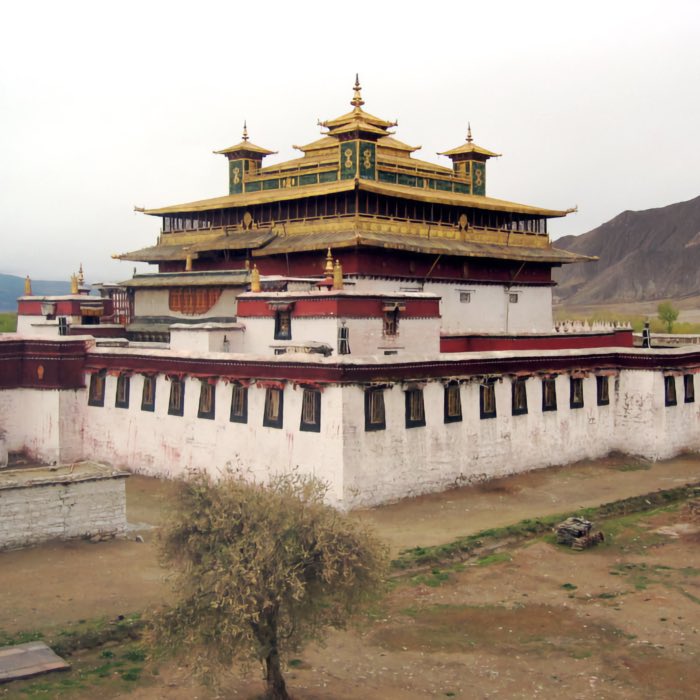
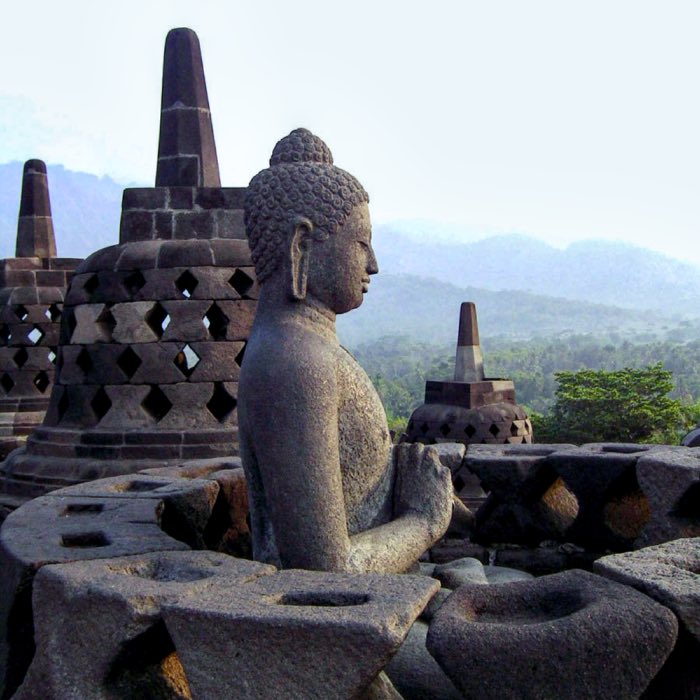
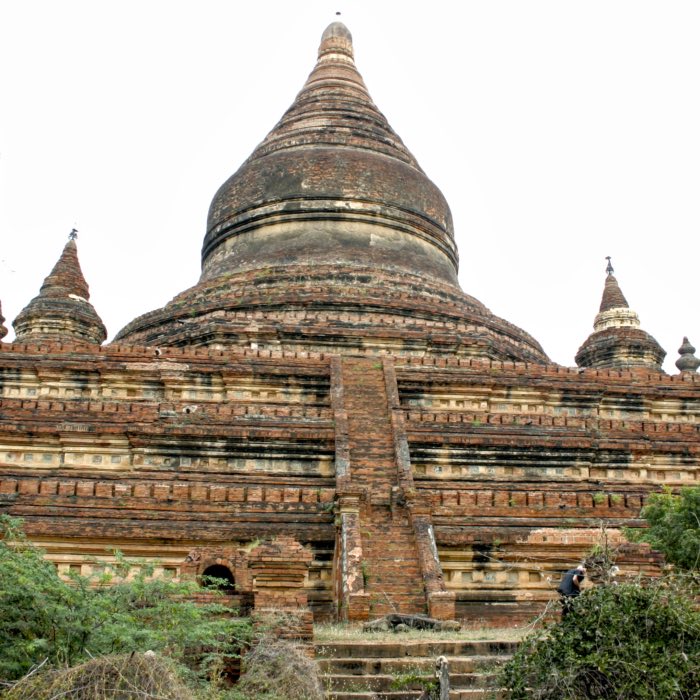
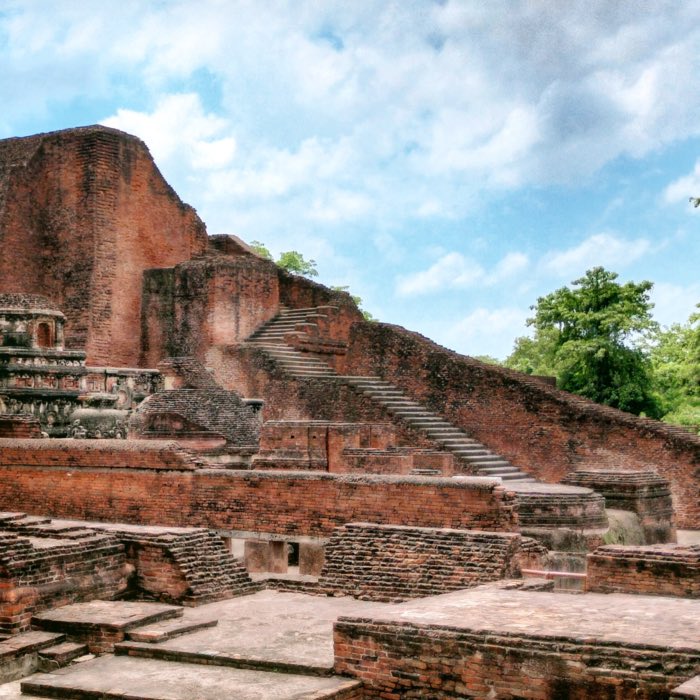
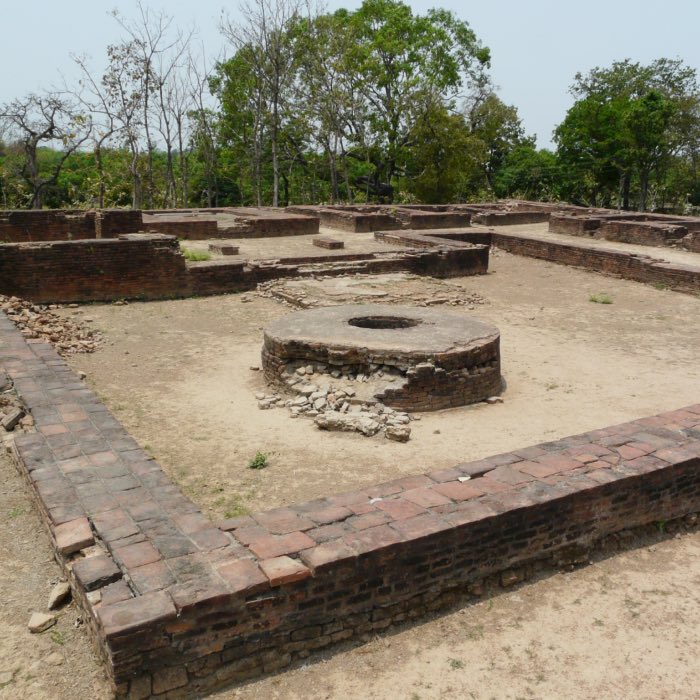
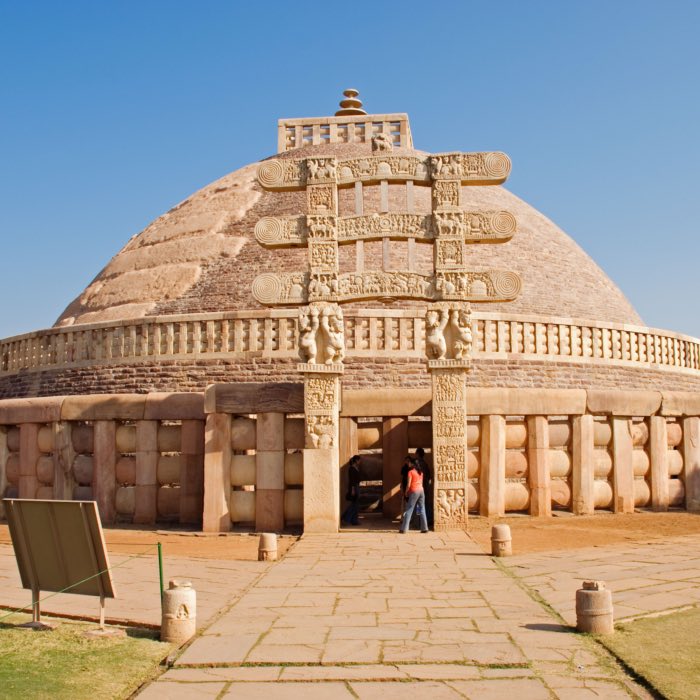
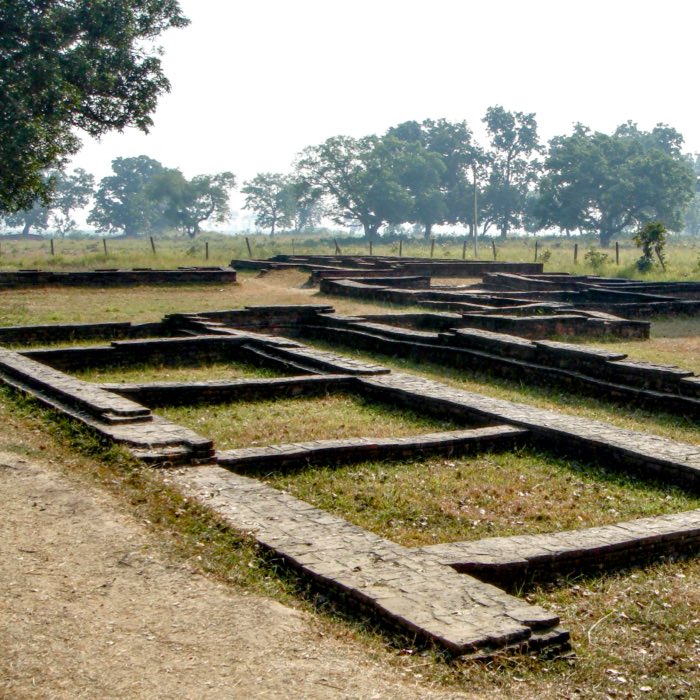
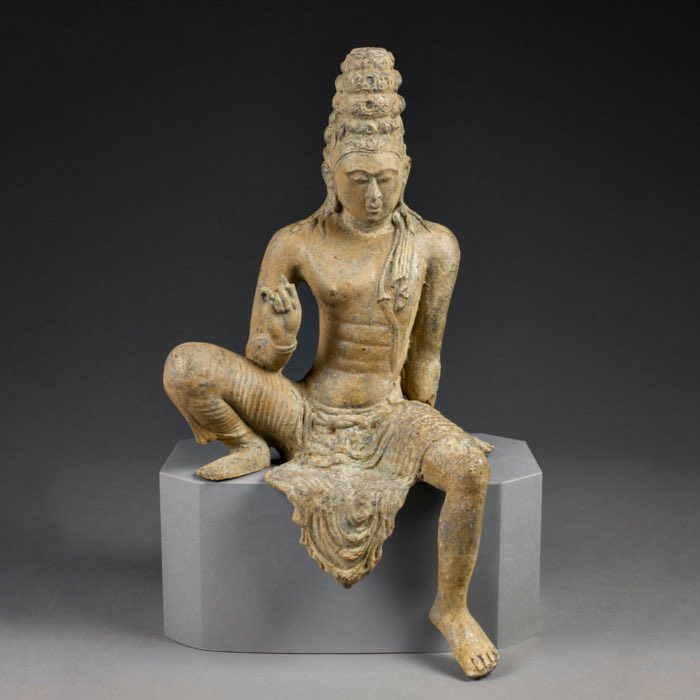
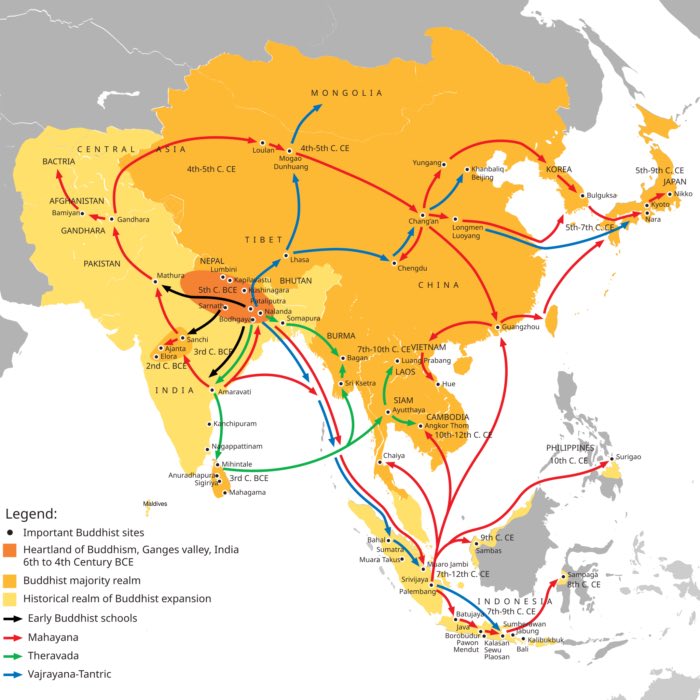
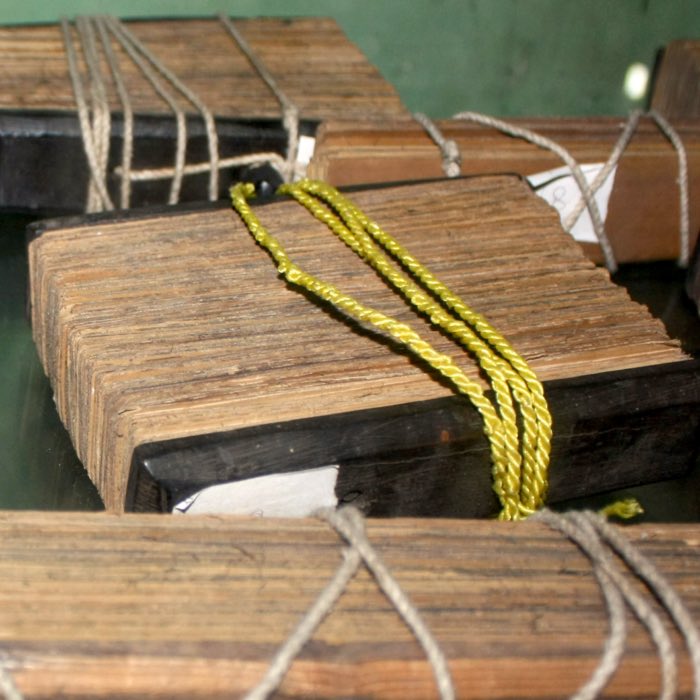
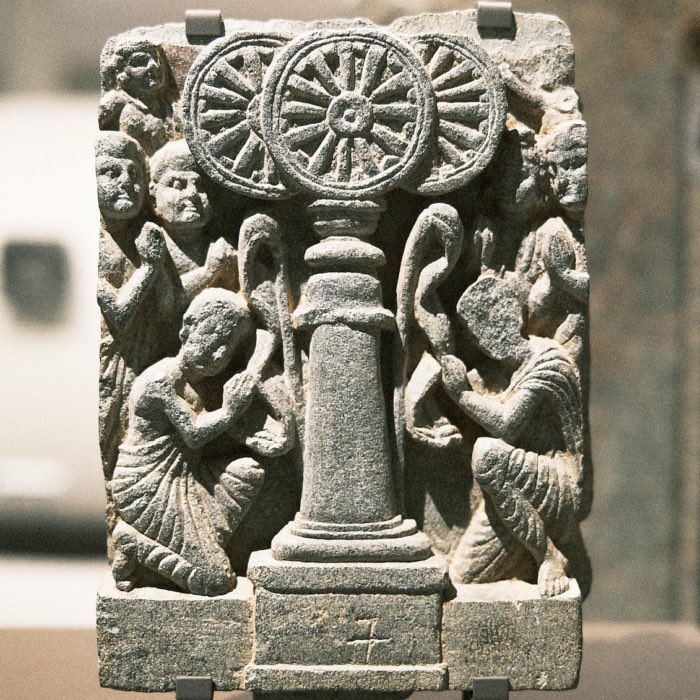
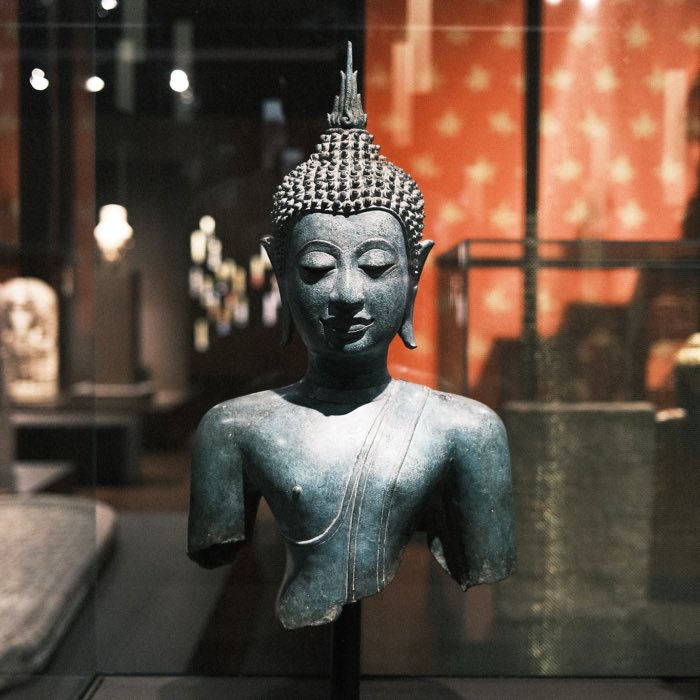
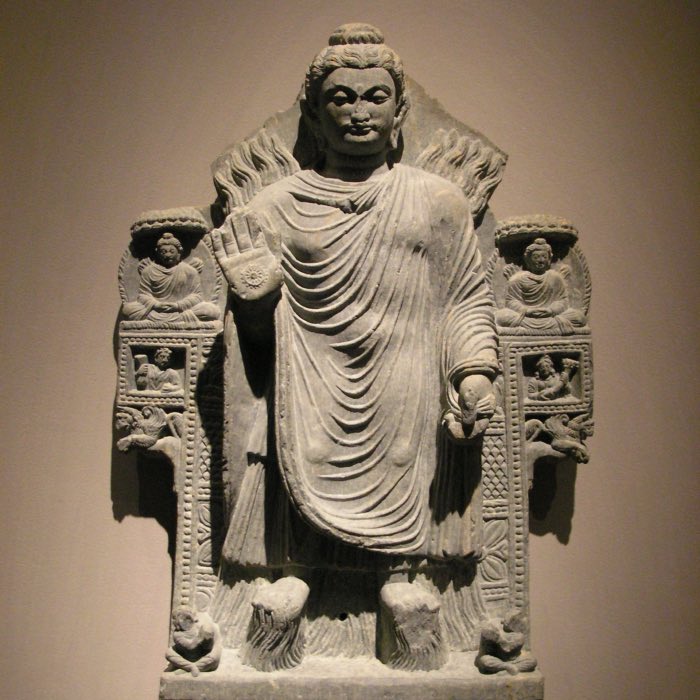
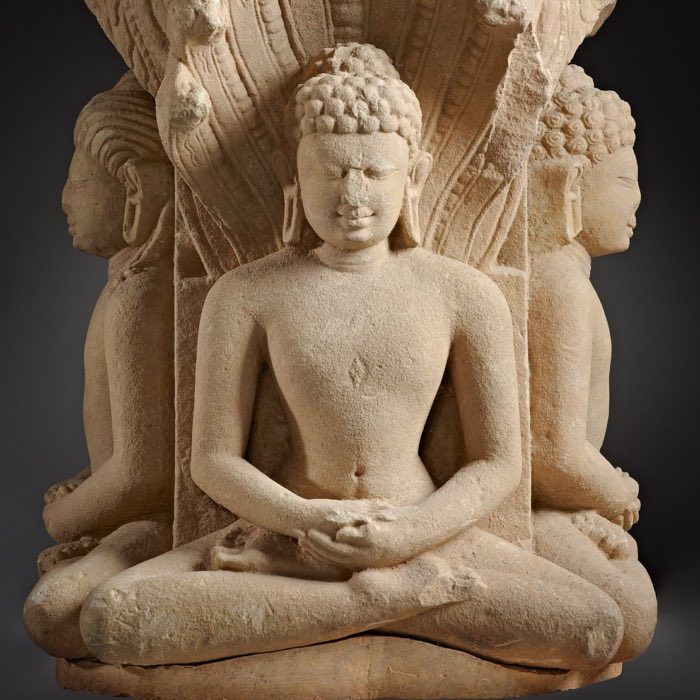
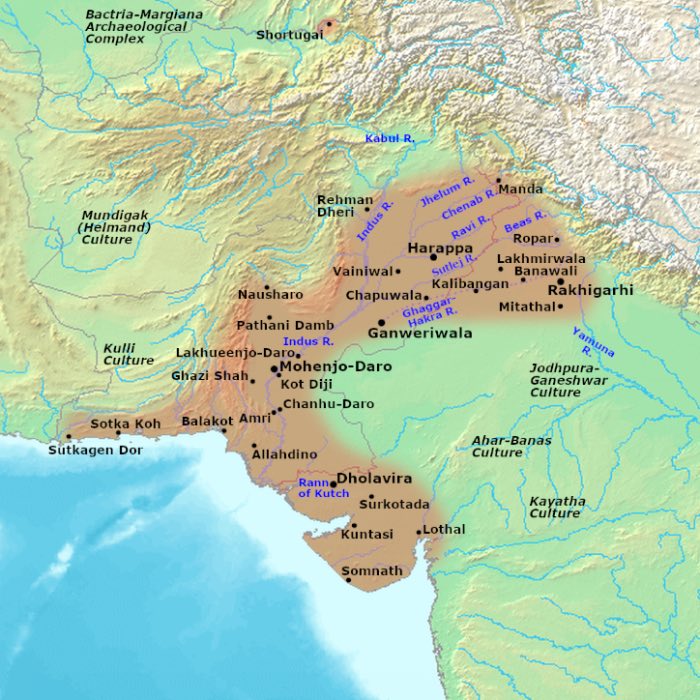
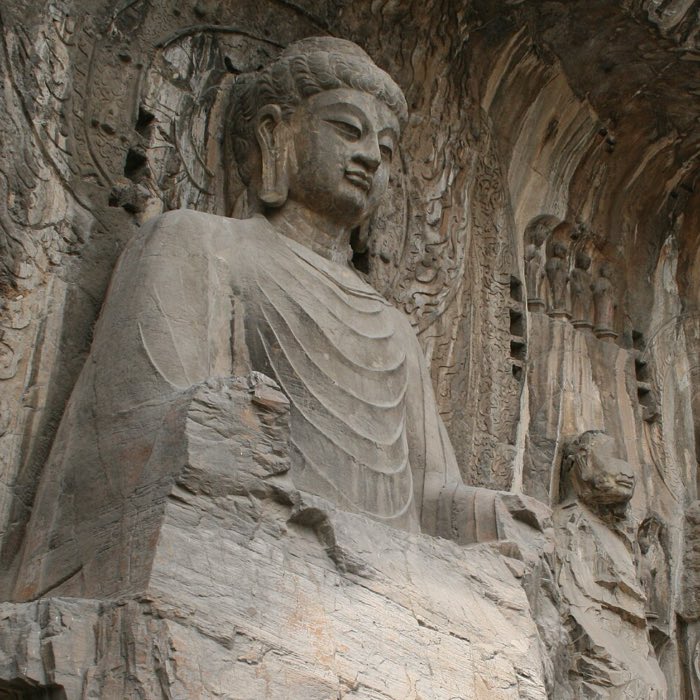
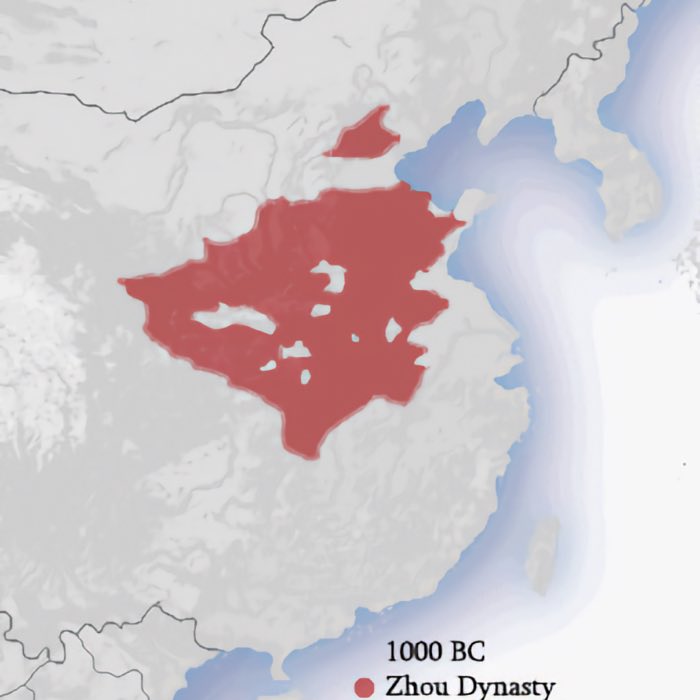
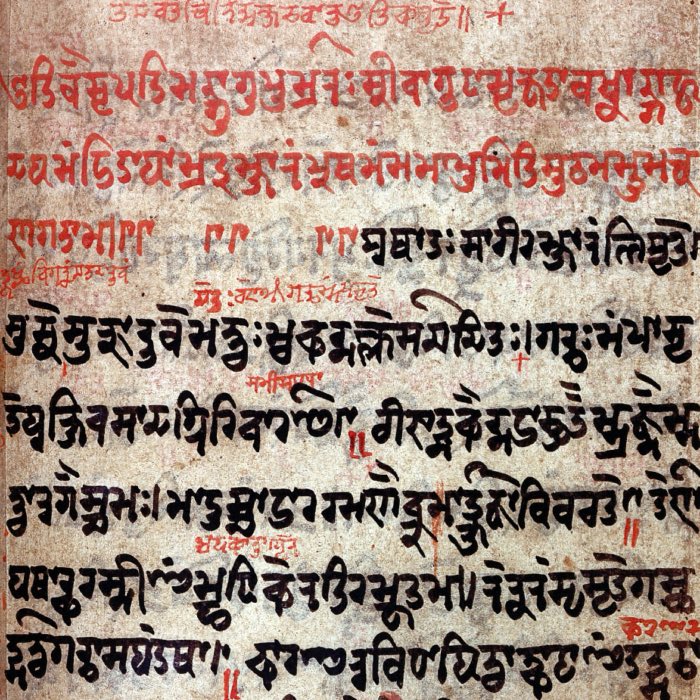
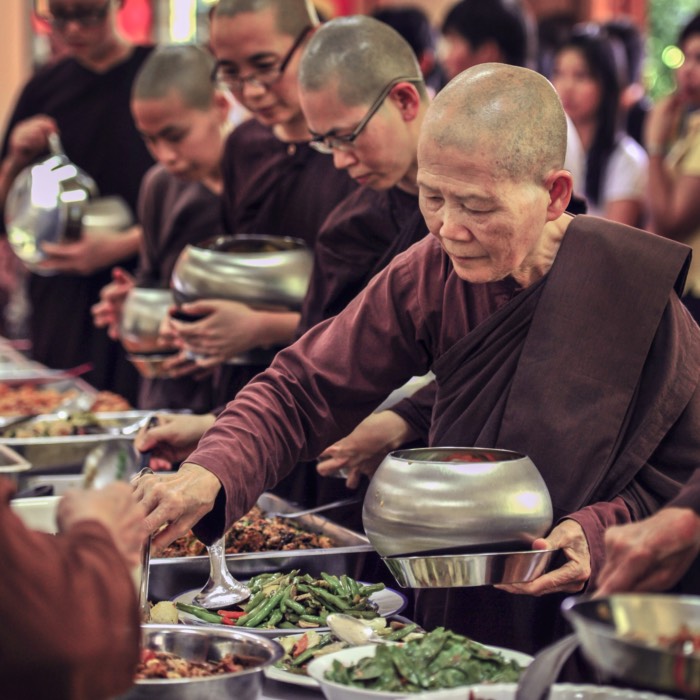
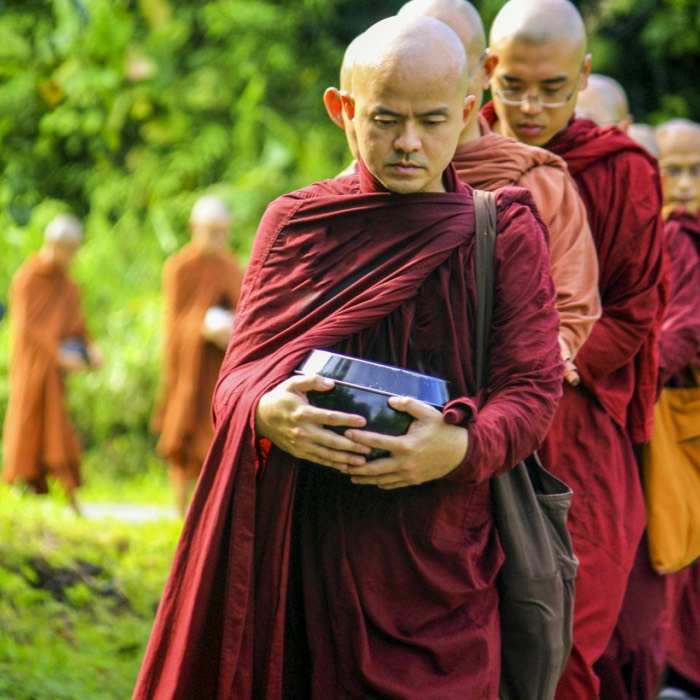
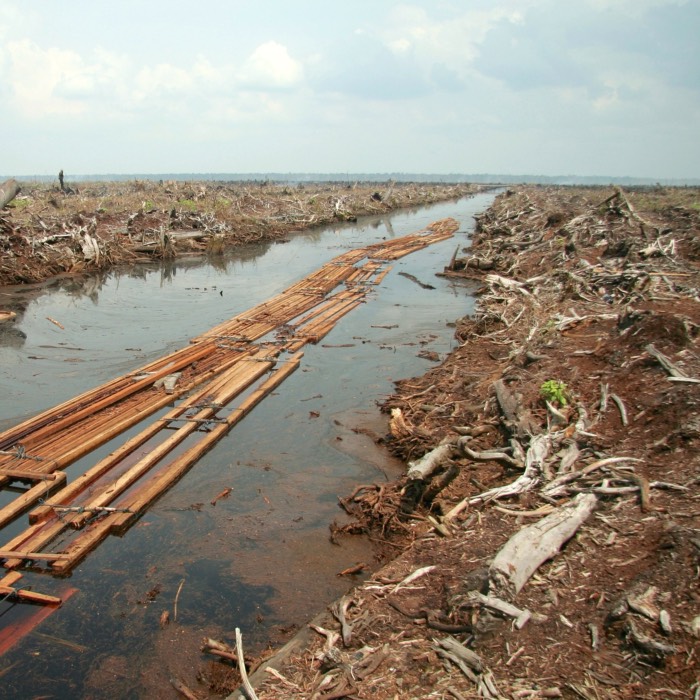


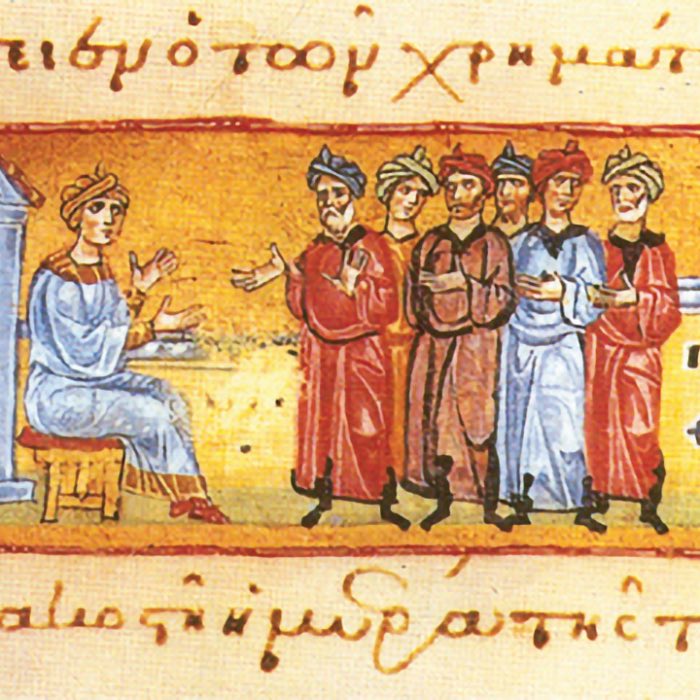
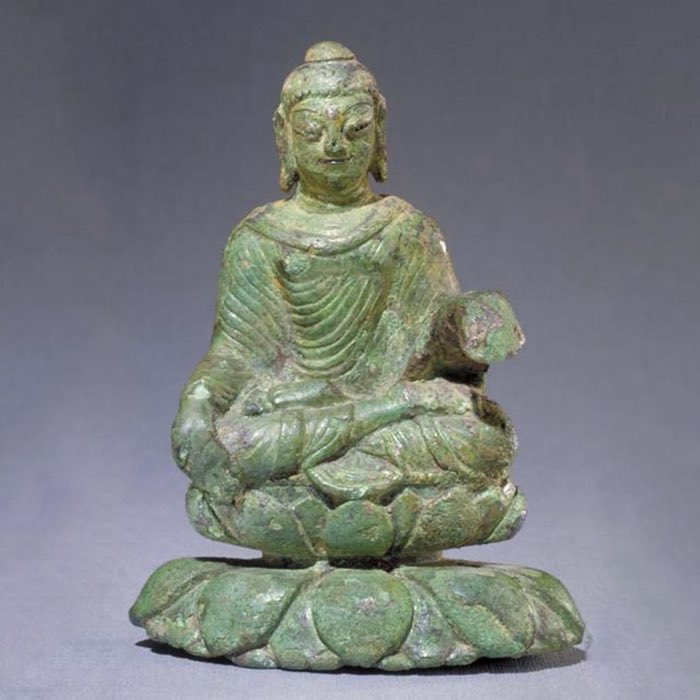

comments